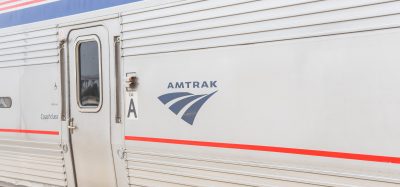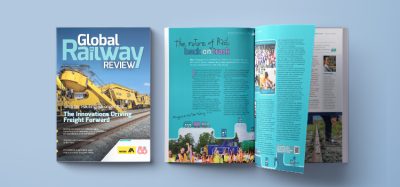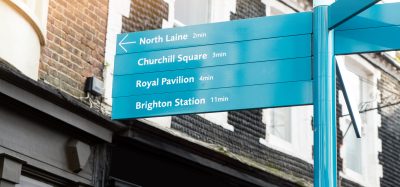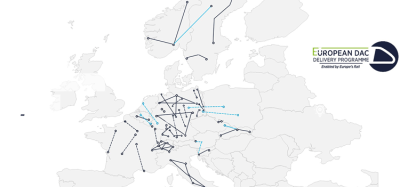Why expanding International Rail is the smarter, faster choice for sustainable growth
Posted: 3 February 2025 | Diccon Spain - Bring Back Euro Trains | No comments yet
Following Chancellor Rachel Reeves’ announcement last week, Political Liaison Officer for Bring Back Euro Trains, Diccon Spain, responded to the Heathrow expansion plans and pointed out the pre-existing rail options going to waste.
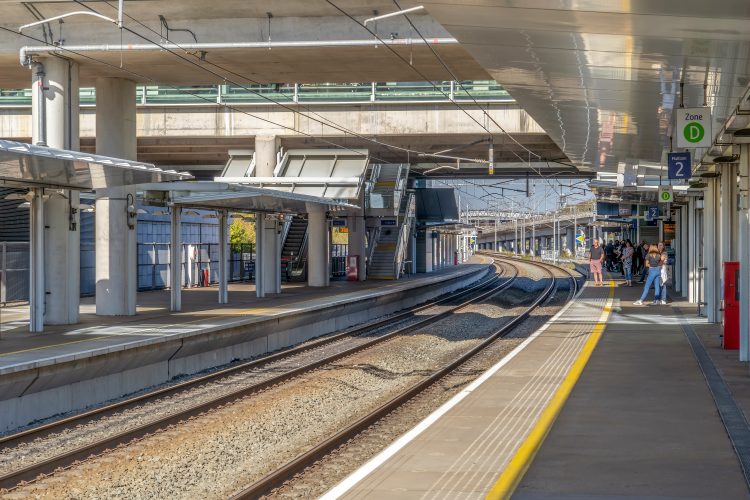

The UK’s international transport strategy has reached a pivotal moment. Chancellor Rachel Reeves recently confirmed the government’s support for plans to build a third runway at Heathrow Airport, emphasising her desire to “go further and faster.” However, this approach overlooks a much faster, more sustainable, and cost-effective alternative: the expansion of our international rail services.
The UK already has the infrastructure in place to deliver sustainable international travel options today.
The third runway at Heathrow has been mired in delays, legal challenges, and controversies for over a decade. Even if it finally moves forward, it won’t be operational until the 2030s and is estimated to cost tens of billions of pounds, with 10x the environmental impact compared to high speed international rail. In contrast, the UK already has the infrastructure in place to deliver sustainable international travel options today.
HS1, the UK’s only high-speed rail line, is operating at just 50% capacity, and the Channel Tunnel is at only 40% capacity. Ashford International Station, an £80 million asset, stands ready to resume international services with minimal investment—primarily updated border equipment and staffing. This is not a distant dream; it’s an immediate opportunity.
71% of all international air passengers at UK airports are traveling to or from Europe, that’s 171 million people.
It’s worth noting that according to the latest government figures 71% of all international air passengers at UK airports are traveling to or from Europe, that’s 171 million people. If we manage to move even a modest proportion of those from air to rail we would actually free up capacity and slots at airports like Heathrow.
The contrast couldn’t be clearer. Airport expansion locks us into a higher-carbon future, with projects like the third runway taking years—if not decades—to deliver. Meanwhile, international rail platforms like those at Ashford are sitting unused, ready to provide sustainable connectivity to Europe right now.
Let’s put the situation around our international rail capacity as simply as possible: we have a total of 12 international rail platforms—think of them as the rail equivalent of runways—already built, paid for, and ready to use today. The absurd reality is that we’re only using half of these—the six at London St Pancras. Meanwhile, Ashford International, Ebbsfleet International, and Stratford International each have two international platforms sitting idle. We need a “must-do” attitude and the determination to bring these nationally critical assets into productive use. And yes, there are ways to do this for a tiny fraction of the investments being proposed elsewhere. At Bring Back Euro Trains (BBET), we’ve floated the idea of using a revised Air Passenger Duty (APD) band to fund international rail expansion.
The solution is already here. Now is the time to grasp the opportunity that’s right in front of us, we need the courage and will to reactivate our international rail assets to create exactly the kind of “further and faster” sustainable growth we so desperately need.


Diccon Spain is a Political Liaison Officer for Bring Back Euro Trains, as which he leverages his stakeholder engagement skills to drive forward the mission of restoring international rail travel in Kent.
Related topics
Funding & Finance, High-Speed Rail, Infrastructure Developments, Regulation & Legislation, Route Development, Station Developments




